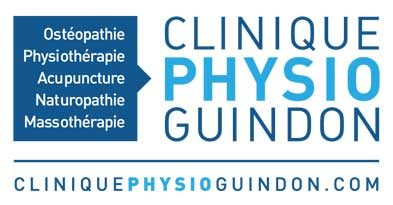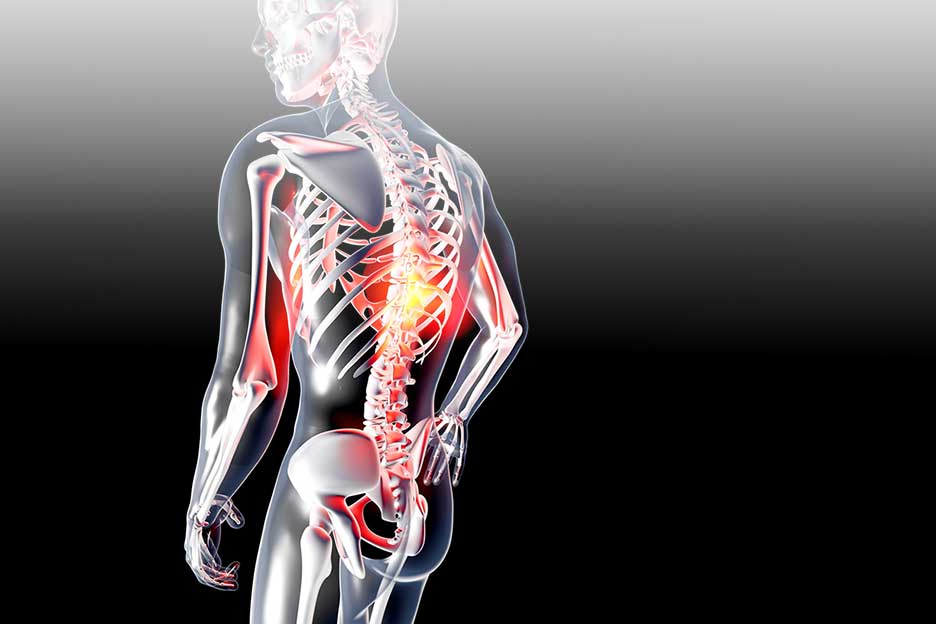T he spine: kyphosis and lordosis
First of all, the spine is made up of kyphosis and lordosis. A lordosis is a curve with a forward or anterior convexity. Examples of lordosis are the curve in your lower back and the curve behind your neck. A kyphosis is the reverse, that is the curvature is backwards, or posterior. There is kyphosis at the level of the rib cage and another in the sacral area, between the lumbar spine and the coccyx. In the body, there is a succession of kyphosis and lordosis. The purpose of these curves is to absorb the upward forces coming from the lower limbs and the ground as well as the downward ones in order to diffuse these forces as would a spring.
A transition zone occurs when moving from the sacral region to the lumbar region, that is from kyphosis to lordosis. There are several transition zones such as the lumbosacral, thoraco-lumbar, cervico-thoracic and cranio-cervical region (between the head and the neck).
Another concept, that of Newton’s third law, the action-reaction principle, says that any object X that exerts a force on an object Y will receive from object Y a force of the same magnitude and in the opposite direction. For example, when you place your heel on the ground, you apply a force towards the ground. The floor responds with an equal and opposite force in the direction of the heel and joints and then transits through each of the transition zones.
A transition zone blocked by a lack of mobility of a few vertebrae or one vertebra explains most back and neck pain. In the event of a restricted thoraco-lumbar transition zone, the upward and downward forces cannot cross this transition zone and are then concentrated at the level of the lower back and possibly in the lower thoracic region, causing overload, inflammation and muscle tension which result in pain. Therefore, the work of the osteopath consists in identifying the problematic area and improving its mobility by taking into account the visceral (the content and attachment of the abdomen and thorax), articular and cranial elements, in order to create movement in these zones.






